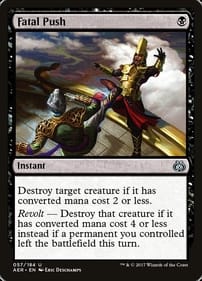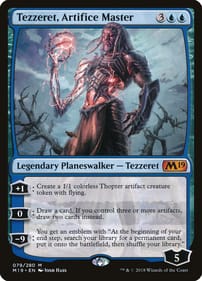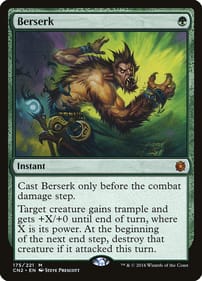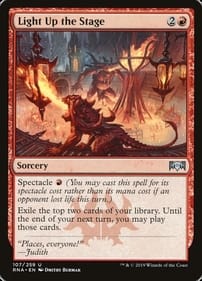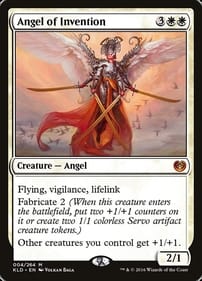Hobby Workshop: Tower Edition
HOBBY WORKSHOP:
TOWER EDITION
By Craig Pauls


The materials required are all quite affordable: DecoArt acrylic paints (burnt umber, black, and white should suffice), foam core board, coffee stir sticks, and craft moss, all available at your local dollar store. You’ll also need a cardboard tube of some sort. In this instance I used a carpet roll tube cut into 9” segments. They can be typically obtained for free at any hardware store that sells carpet. You’ll also need a small piece of ½” polystyrene insulation board to make your crenellations. You can likely get a sizeable scrap for nothing or next to nothing from the same place.
First, peel the paper off both sides of your foam core board (you may need to wet it and scrub it off, depending on the brand). Then cut it to wrap around your cylinder, using the formula that most of us happily discarded back in high school, ‘pi R squared.’ The radius of my cylinder was 2.25”, therefore 2.25 x 2.25 x 3.14 = roughly 16”. I made it slightly longer so I could trim away the overlap to fit. I also made the wrap 10” high to create our battlements an inch above the tower roof. So ends the math lesson.
Use a ball point pen to scribe a stone texture into the foam. It doesn’t matter what colour of pen you use, as the paint and wash will cover it anyway. I’ve found that a pen will glide easily across the foam, whereas you will encounter some resistance using a pencil or other sharp tool to make your indentations. Next, paint your wall covering with whatever colour you chose, preferably one light enough that your ensuing dark wash will show. Note: you will also need to add stonework to the top inch of your foam on the inside, as this will be the inside wall of your battlements.
Finally, mix a wash using one part (dark burnt umber or black) paint to one part dish or hand soap to roughly three parts water (you may need to play with the ratios a bit). What the dish soap does is break the surface tension and let the thinned paint flow into low areas, as a commercial wash does. Lay the foam core flat before applying the wash, else all of it will simply run down the sheet and pool at the bottom. Leave it to dry.
Use the carpet cylinder to trace out a circle in your remaining foam board and cut it out using a craft knife. This will function as the tower roof/fighting platform. Paint one side black so that white doesn’t show through the floor boards on your finished platform. Now paint a handful of stir sticks using the same dark wash that was used on the wall. The wash will age the sticks, but still allow the natural wood grain to show through. Apply the sticks to the black side of your platform using wood glue. You can cut them to fit later using a pair of scissors... rather than fuss with measuring and cutting each stick to fit individually. Use the leftover scraps to make your trap door. Glue the platform to the top of the cylinder.
Wrap your textured wall around the cylinder. Use a glue gun to fasten it in stages as it is hard to curve the foam core to attach properly. I used a vertical line of glue every few inches. Trim the excess to fit. At this point you can use a bit of wall filler to cover up the seam. I’ve repeated the stone pattern in the wet medium.
You can also cover your mistakes by installing a door and an arrow slit along the seam. Here I’ve painted the two areas black to shadow the interior of the tower and any gaps between the door boards. I’ve already glued the bottom of the arrow slit frame in place as a point of reference.
I used scraps of foam core to make the arrow slit, and stir sticks for the door. I traced the shape of the door onto foam board then etched in the stonework with a pen.
Glue the arrow slit and door frame into place. Paint it all with same base colour used on the wall, and apply the same wash. Then glue in the door and cover the remaining seam with a vine made from craft moss cut to short lengths to make a vine.
Cut the ½” polystyrene into 3” by ¾” cubes. These will be your merlons. I’ve cut an angle into the base but it’s not entirely necessary. Paint and wash, as with the rest of the tower pieces.
Space the polystyrene strips around the tower at roughly ½” intervals, and stick them in place with a glue gun. I used twelve. Number may vary.
Finishing Touches. There are a slew of small extras you can add to your tower, both to add realism and to cover outright mistakes. Let’s face it, craft vegetation was invented to cover glaring errors. I’ve used it not only to cover up the seam in the tower, but also to fill in rookie mistakes on the roof platform.
Some other improvements: I’ve added a dark green wash to the base of the tower, as algae tends to grow on stone located near damp earth. I’ve also added streaks of sooty iron oxide which accumulates on structures through decades of rainfall.
Doors and trap doors: hinges in trap doors can be made with straight segments of a paper clip, while the curve of a paper clip is perfect for making a handle. You’ll need a hand drill, however, to make the holes. I used a brown/orange watery mix of craft paint for rust. Another option is to use a round headed pin as a door knob. Just paint the end silver and apply the aforementioned rust mixture. Rivets were created with plasticard and a 1/16” hole punch (available at most arts and crafts stores).
If you have any questions feel free to contact me at cpauls1@mymts.net.
Craig


